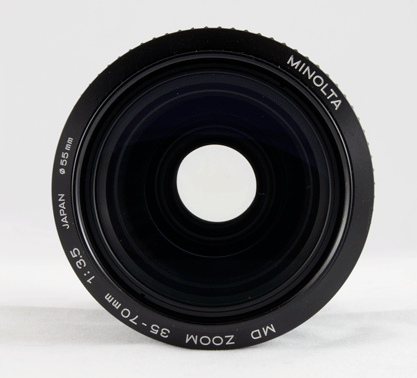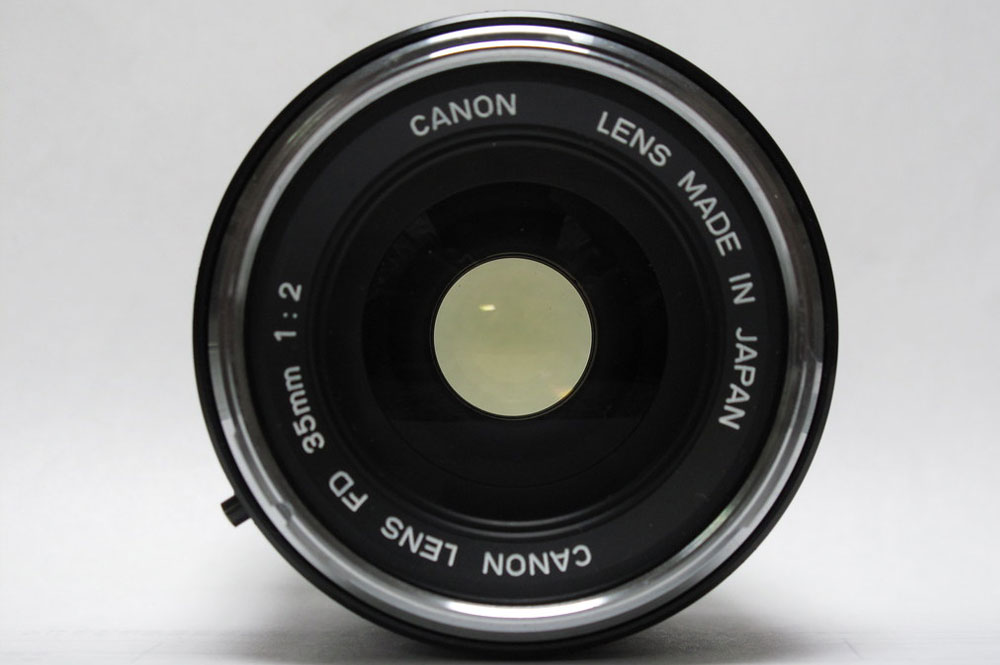Importance of the Camera Aperture in Film Photography
Understanding the importance of the aperture and shutter speed of film cameras is one of the most important steps to basic film photography for beginners. The aperture of a film camera is the hole in the lens that opens or closes to let more or less light into the camera to expose the film. The aperture settings work with the shutter speed of the camera body to determine length of film exposure. The aperture settings of a film camera lens, whether a 35mm, medium format, or large format camera, is set by what are known as f-stops. All lenses are marked with specified f-numbers, which are numbers marking the ratio of focal length to the diameter of the hole. The lower the f-stop number the larger the aperture hole becomes, allowing more light in to expose the film. Conversely, the larger f-stops numbers equate to a narrower hole. For some basic photography tips, just remember to think in opposites for the aperture; small numbers equal a larger opening and larger numbers equal a smaller opening.
What Does the Aperture Do?
 The aperture allows for more, or less, light during an exposure and helps control sharpness. When the maximum amount of light is allowed into the lens of a camera, the focal point of the lens decreases. As a result, you will achieve what is known as shallow depth of field. The subject of your photograph will be focused while the foreground and background will be out of focus. As you increase your aperture and decrease the size of the hole the image becomes sharper and sharper until the entire image is in focus, known as great depth of field. Of course, the less light you allow through the lens with a minimum aperture, the longer your exposure will be. This may require you to utilize a tripod as the shutter speed will be longer.
The aperture allows for more, or less, light during an exposure and helps control sharpness. When the maximum amount of light is allowed into the lens of a camera, the focal point of the lens decreases. As a result, you will achieve what is known as shallow depth of field. The subject of your photograph will be focused while the foreground and background will be out of focus. As you increase your aperture and decrease the size of the hole the image becomes sharper and sharper until the entire image is in focus, known as great depth of field. Of course, the less light you allow through the lens with a minimum aperture, the longer your exposure will be. This may require you to utilize a tripod as the shutter speed will be longer.
What are F-Stops on an Aperture?
The range of f-stops on film photography cameras vary from different camera lenses, and it should be noted that not all lenses cover the entire gamut of f-stops. Some lenses, for instance, may have a maximum aperture of 2.8 and minimum aperture of 32 while another may have a maximum of 1.4 and minimum of 16. When purchasing any camera lens, be sure to note the lens speed (maximum f-stop). Each lens manufacturer will note the lens speed along with the capabilities of lens to read something like 100-400mm f/2.8.
Of course, none of this matters if you do not set both the aperture and shutter speed to the correct exposure. For more information, see the guide to photography film exposure page.


















